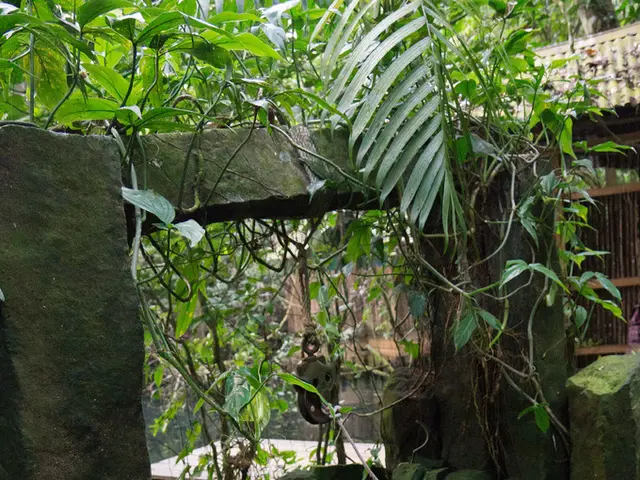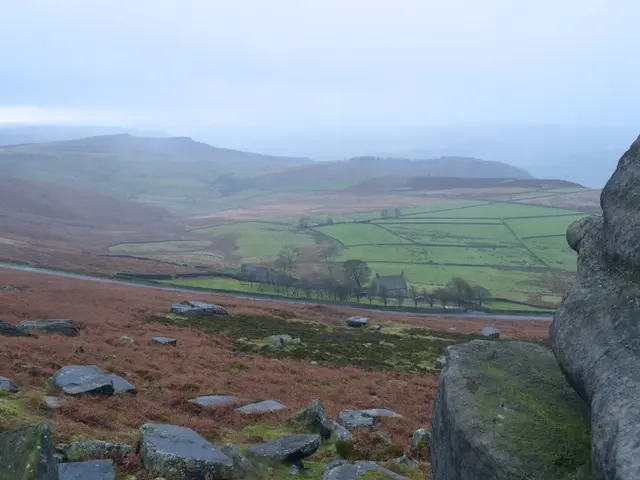Unchecked Management of HP Dams Leads to Environmental Disaster: RTI Reveals
Himachal Pradesh's Hydropower Projects Under Scrutiny for Ecological Destruction and Safety Lapses
The small hydropower projects in Himachal Pradesh have been under scrutiny for their contribution to ecological imbalance, natural calamities, deforestation, and drying up of water sources. A series of incidents involving the Malana-I, Malana-II, and Parvati hydropower projects have highlighted the poor environmental planning and management, culminating in significant ecological destruction.
In August 2024, the Malana Dam, located in Himachal Pradesh, burst, releasing over 160,000 cubic meters of water and causing flash floods that destroyed houses, farmland, heavy infrastructure, roads, bridges, and water supply schemes. The bursting of the dam was caused by a terrifying cloudburst and relentless monsoon rains in the higher catchments. The floodgates of the Malana-II project failed during the cloudburst, causing further destruction downstream.
The collapse of the Malana-I hydel project's cofferdam unleashed flash floods on August 2, 2025, sweeping away heavy machinery. The incident marked the third consecutive year of flashflood and cloudburst damage to Malana-I and Malana-II projects, causing financial losses worth crores and destroying critical infrastructure like footbridges connecting villages.
The Parvati river's rising levels and flooding have compounded these effects, damaging the hydropower infrastructure and local agriculture. The Nathpa Jhakri hydel project (1500 MW) and the Karcham Wangtoo hydel project (1091 MW) have also been controversial for severe environmental damages and felling of hundreds of forest trees.
An inquiry report has pointed out widespread safety and regulatory failures, a non-functional early warning system, and a missing dam break analysis in the Malana Dam incident. Moreover, no auxiliary spillway is in place to handle emergencies like jammed floodgates, increasing the risk of a catastrophic breach.
A state Energy Department inquiry into the collapse of the Malana-I, Malana-II, and Parvati projects has exposed serious lapses in dam management and a shocking indifference by project companies towards the safety of nearby residents. The RTI analysis of the site inspection report has made new revelations about safety issues in these projects.
The Supreme Court, treating a petition as a PIL, made strong observations about the causes of destruction in Himachal Pradesh, including hydropower projects, deforestation, and multi-story buildings. The court expressed concern over the state government's insistence on setting up more hydropower projects despite concerns about their impact on the environment and local communities.
The ecological destruction caused by these hydropower projects stems from a combination of poor environmental planning, inadequate disaster preparedness, cumulative impacts overlooked by assessments, and failure to enforce environmental safeguards, all amplified by climate change and developmental pressures in the Himalayan region. The destruction includes frequent flash floods, flashflood damage, water scarcity, landslides, and structural damage to local communities' homes.
The state government's view of hydropower projects as its biggest revenue spinner and its insistence on higher shares of free power and the return of projects after 40 years of life have been criticised by environmental justice activists like Manshi Asher. The activists argue that these projects are causing severe ecological imbalance and natural calamities, leading to the drying up of water sources and deforestation.
In conclusion, the ecological destruction caused by the hydropower projects in Himachal Pradesh highlights the urgent need for better environmental planning, stricter adherence to environmental regulations, and increased investment in disaster preparedness and response to minimise the impact of these projects on the environment and local communities.








